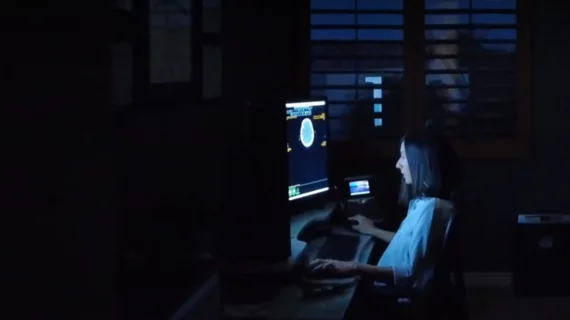‘Doomsday predictions’ about AI replacing radiologists are unrealistic, dangerous
People have been anticipating the demise of radiologists for years, speculating that AI will soon be interpreting imaging results with the precision of a seasoned veteran. A new commentary in Radiology: Artificial Intelligence, however, warns that such “doomsday predictions” are way off base—and potentially dangerous.
Author John Banja, PhD, from the Center for Ethics at Emory University in Atlanta, wrote that AI will undoubtedly make a strong impact on radiology—but to claim it will completely take over the specialty, leaving radiologists unemployed and unwanted, is taking things much too far.
“Image recognition technologies are among the most familiar AI models in health care research,” Banja wrote. “But it is a long way from observing the success of an AI model in a research setting to implementing it in routine clinical practice. And it is a much longer way still to replacing human radiologic expertise.”
Banja shared a few key reasons why AI won’t be replacing radiologists for quite some time, even as the technology continues to grow more and more impressive. One key point to remember, he explained, is that AI algorithms are still incredibly specialized. An AI model may interpret a single exam as well as a human radiologist, but what about every other exam type? What about other modalities?
“Just because a system excels in a very narrowly defined performance domain hardly means that its practitioners face extinction,” Banja wrote. “Indeed, since its stone age inception, the essential purpose of technology has been to improve performance outcomes. Historically, that innovation has resulted in improved productivity and more rather than fewer jobs.”
In addition, he added, to say AI will replace radiologists undersells just how valuable radiologists are in today’s health systems. Modern AI models simply can’t communicate with patients, make recommendations to colleagues or other key tasks radiologists carry out on a daily basis. AI research might be making impressive progress, but it feels as if there is still a long way to go before the radiologist is truly no longer needed.
Banja also emphasized that forecasting the end of radiologists can be downright dangerous. Such predictions could keep medical students from considering a career in radiology, for example, or it might make health systems less interested in investing imaging services.
“What seems ethically imperative at present, though, is a steady and informed rebuttal of AI hype, especially as it is aimed at image-dependent technologies like radiology,” he wrote. “Today’s hospitals simply cannot function without radiologists, who are core to their diagnostic functions.”
The full Radiology: Artificial Intelligence commentary can be read here.

